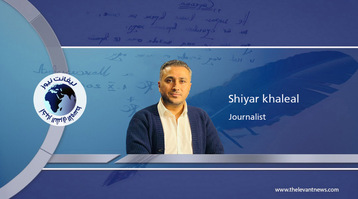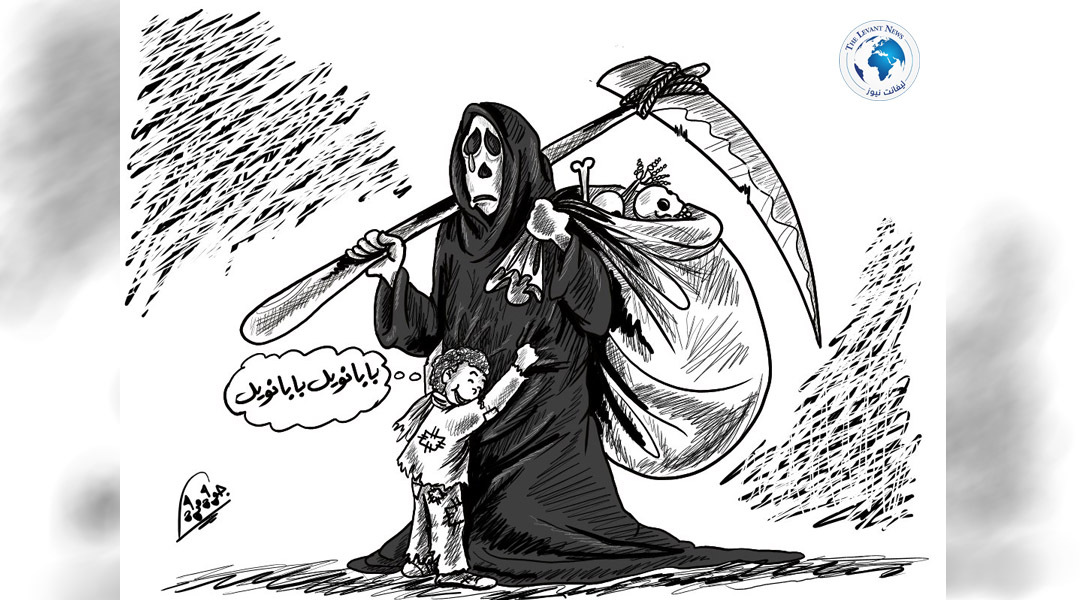-
What Remains of Unity of the Front and Position?

The most pressing question facing the Kurds in Syria today is: To what extent is there hope left in bridging the gap of political fragmentation and dispersion? And what actions are needed to strengthen unity of the front and stance?
Exiting the deep fragmentation experienced by the Kurdish political movement, and rationalizing the competition between its main poles—namely, the Democratic Union Party (PYD), the Autonomous Administration, and their allies on one side, and the Kurdish National Council (KNC) parties on the other—requires broad emergency efforts. This effort should come not only from both sides but also from the masses, civil society organizations, and independent figures.
Although the divide between the two sides still persists—particularly regarding managing the stance, forming the negotiating delegation with the interim government in Damascus led by Ahmed Sherif, and proposals for a political solution—the outcomes of the historic Qamishli Conference (April 26, 2025), which laid the foundations for a Kurdish political stance and unity, appear to be on the brink of collapse and have not been implemented as they should.
Therefore, we ask:
What is the value of Kurdish hope in Syria for ending political fragmentation and activating the anticipated dialogue?
It is clear that the Kurds in Syria are going through one of their most complex phases in recent political history. The scene is dominated by severe division and fierce competition: on one hand, the Democratic Union Movement, the Autonomous Administration, and their allies are the most politically and militarily influential force on the ground; on the other hand, the Kurdish National Council parties, previously part of the Syrian opposition, enjoy regional and international support of varying degrees.
This division goes beyond organizational structure and political rhetoric; it strikes at the core of handling Syrian national issues, determining the form of negotiations with Damascus led by Ahmed Sherif, and proposals for a political solution and transitional phase. Here, memories return to the outcomes of the Qamishli Conference, which are once again at stake today.
The Qamishli Conference (April 26, 2025) was a pivotal milestone, as Kurdish forces successfully formulated, for the first time, a nearly consensus document on political representation and Kurdish demands. It was deemed a historic step toward unifying the front or at least establishing a common ground for subsequent negotiations. However, regional interventions and internal disagreements soon weakened its outcomes, pushing it to the brink of collapse.
Nonetheless, hope remains—albeit fragile—if properly invested through:
- Renewing mutual recognition among all parties, with each recognizing the political and popular legitimacy of the other, as mutual exclusion only leads to collective suicide.
- Protecting Kurdish gains, regardless of their size, as fruits of decades of struggle and sacrifices, and avoiding forfeiture under pressures of narrow calculations or regional loyalties.
- Opening parallel channels for dialogue, so that the political process is not confined to formal meetings alone, but involves civil society, independent figures, and cultural and social activities as mediators and pressure points for unity.
- Formulating a shared Kurdish vision for Syria’s future, aligned with the broader Syrian solution, based on principles of transitional justice, democracy, and decentralization, which would grant the Kurdish approach greater acceptance and effectiveness.
But what is the role of the masses and civil society in this context?
The reality is that the Kurdish masses, civil organizations, and independent activists possess moral and media tools as vital as those of the political parties. Symbolic demonstrations, awareness campaigns, joint statements, and creating spaces for internal discussion are all means capable of creating a pressure environment on party leaderships to abandon the logic of “monopolizing representation” in favor of “partnership.”
Today, what is required is not superficial unity or fleeting statements, but a practical and sustainable cooperation framework based on:
- A continuous coordination mechanism between the Kurdish National Council and the Autonomous Administration.
- Involving independent figures in formulating a unified stance toward Damascus, the Syrian opposition, and the international community.
- Enhancing transparency within political movements to reassure the grassroots.
- Neutralizing internal issues from regional conflicts, which often turn natural disagreements into intractable conflicts.
Finally, despite all differences, hope remains to rebuild internal Kurdish trust—especially if the parties realize that the historic opportunity that emerged at the Qamishli Conference may not recur, and that failing to capitalize on it would not only be a loss for the political movements but a collective setback for the Kurdish people in Syria. Serious dialogue and civil initiatives are the only way to preserve unity of stance and remove obstacles to an internal Kurdish-Kurdish solution that precedes any understanding with Damascus or the international community.
Dr. Radwan Badini
You May Also Like
Popular Posts
Caricature
opinion
Report
ads
Newsletter
Subscribe to our mailing list to get the new updates!




















